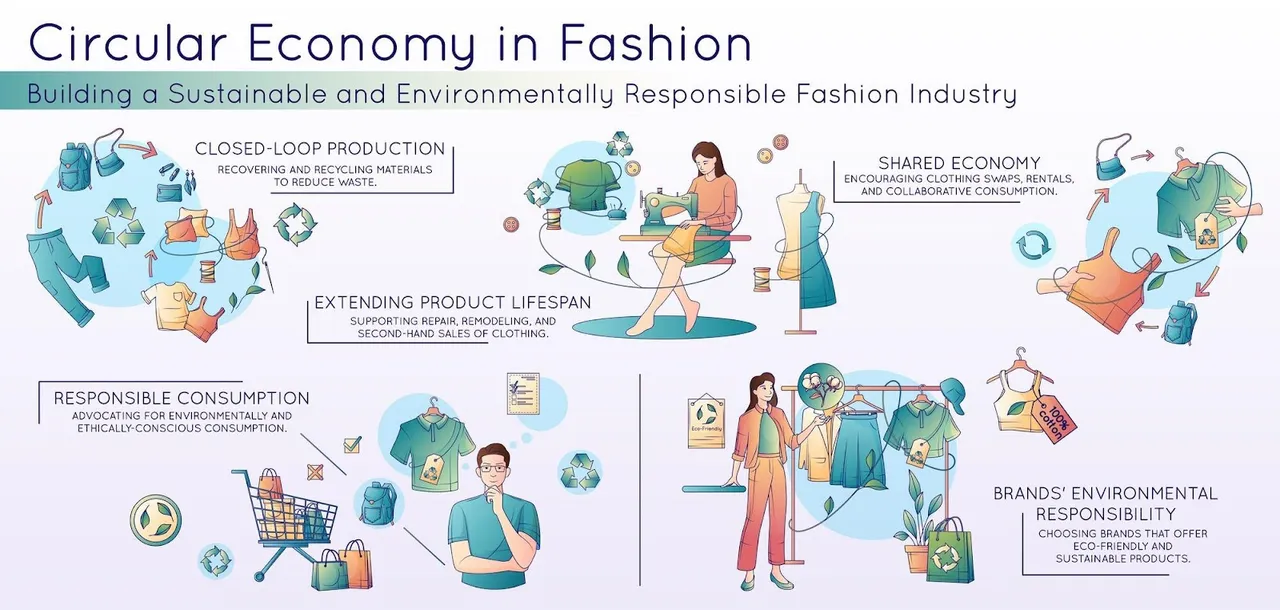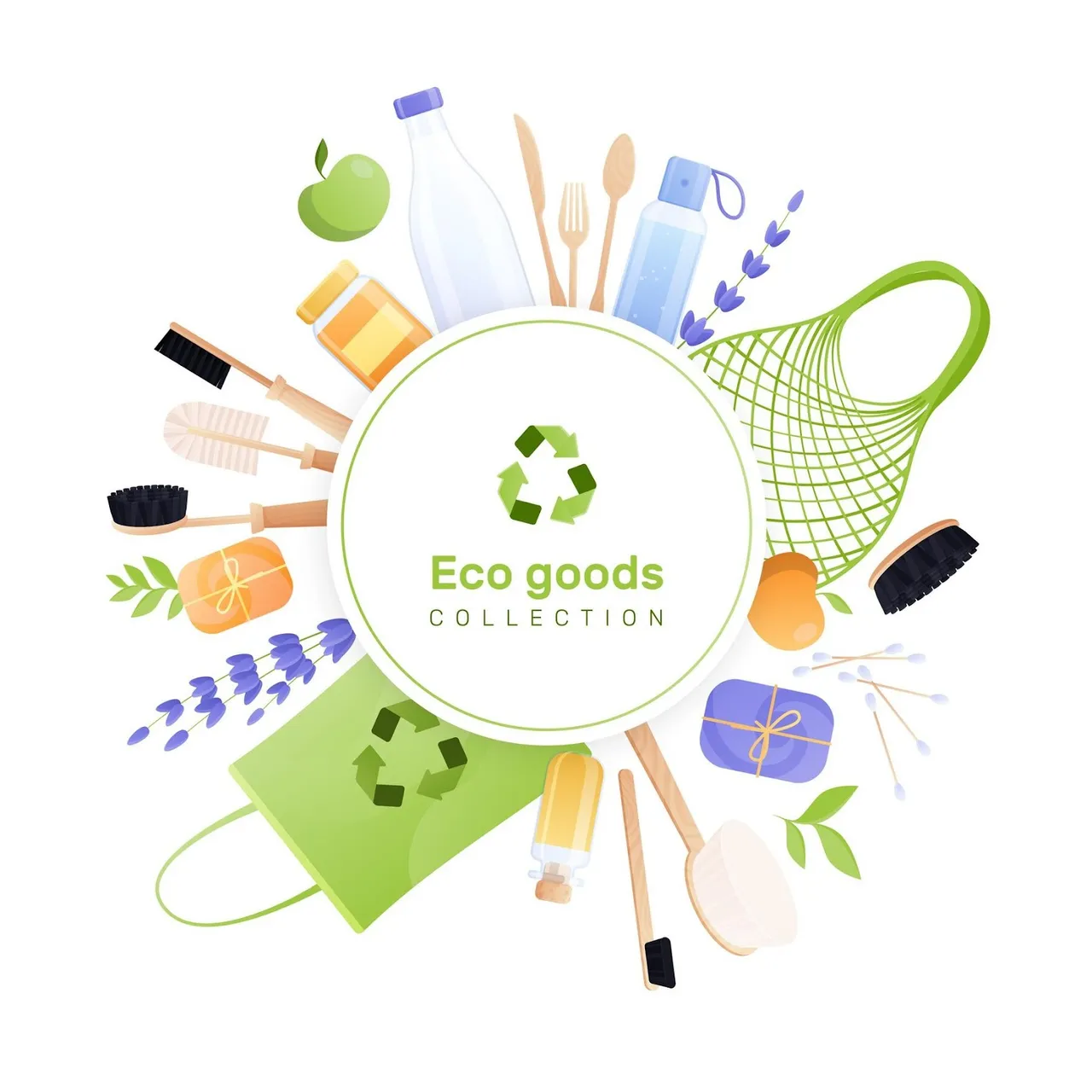In today’s rapidly evolving ecommerce landscape, sustainability is becoming a critical factor for success. As more consumers prioritize environmental impact, eco-conscious shopping has emerged as a dominant trend. According to Nielsen, 66% of global consumers are willing to pay more for sustainable brands, and 75% of millennials are more likely to buy from companies committed to sustainability.
For ecommerce businesses, this means adapting to consumer demands for sustainable practices, whether it’s offering eco-friendly products, reducing waste, or being transparent about sourcing and packaging. The question is no longer if you should embrace sustainability, but how you can do so effectively to meet consumer expectations while growing your brand.
This blog will explore actionable strategies that ecommerce businesses can adopt to appeal to eco-conscious consumers. From offering sustainable products to improving your packaging and customer service, these practices can help you align with the values of the modern consumer and drive brand loyalty.

1. Why Sustainability Matters to Ecommerce Shoppers
1.1. The Rise of Eco-Conscious Consumers
Today’s consumers are increasingly aware of the environmental footprint left by the products they purchase. As climate change becomes a more pressing global issue, consumers are demanding more from the brands they support. Eco-conscious consumers look for brands that align with their values, particularly when it comes to sustainability and ethical sourcing.
-
Eco-conscious consumers are not just seeking products—they are looking for companies that are genuinely committed to reducing their environmental impact.
-
They want to know about the sourcing, materials, and the carbon footprint associated with the products they purchase.
1.2. Building Trust Through Transparency
For businesses, transparency is key to building trust with eco-conscious shoppers. Today’s consumers expect brands to disclose information about where their products come from, how they are made, and the environmental impact of their operations. By being transparent about your sustainability efforts, you show customers that you are committed to improving the world and not just your profit margins.
Actionable Tip: Add sustainability sections to your product pages or create a dedicated landing page explaining your eco-friendly initiatives. Mention certifications like Fair Trade, B Corp, or Carbon Neutral to build credibility.
2. How to Offer Eco-Friendly Products
2.1. Sourcing Sustainable Materials
Consumers are more likely to purchase from brands that offer products made from eco-friendly materials. Whether it’s organic cotton, recycled materials, or biodegradable plastics, sourcing sustainable materials is a significant step toward reducing your environmental impact.
-
Sustainable sourcing is a key focus for eco-conscious shoppers, as it signals that a company cares about its environmental footprint from the ground up.
-
You can also prioritize ethical sourcing, ensuring that your products are made by fair-trade certified suppliers and workers receive fair wages.
Actionable Tip: When sourcing materials, look for certifications such as GOTS (Global Organic Textile Standard) for textiles or Forest Stewardship Council (FSC) for wood products.
2.2. Eco-Friendly Product Designs
Designing products with sustainability in mind means creating items that are durable, recyclable, and capable of having a long life cycle. The more a product can be reused or repurposed, the better it is for the planet.
Actionable Tip: Use recyclable packaging materials and create products that can be reused or recycled at the end of their life cycle. Offer product repair kits or trade-in options to reduce waste.

3. Sustainable Packaging: How to Reduce Your Environmental Impact
3.1. The Problem with Traditional Packaging
Packaging is one of the most significant contributors to waste in the ecommerce industry. Consumers are increasingly rejecting plastic packaging and looking for alternatives that are more sustainable.
-
Single-use plastic contributes massively to landfill and ocean pollution. Consumers are aware of this, and many are looking to brands that are eliminating plastic in favor of more sustainable packaging options.
3.2. How to Implement Sustainable Packaging
To meet the growing demand for eco-friendly packaging, consider using materials that are recyclable, compostable, or biodegradable. You can also reduce the amount of packaging used by making smarter packaging decisions.
Actionable Tip: Use Kraft paper, recycled cardboard, or biodegradable packing peanuts. Partner with eco-friendly suppliers who provide sustainable packaging solutions.
4. Green Shipping Options: Reducing Your Carbon Footprint
4.1. The Environmental Impact of Shipping
Shipping is a major contributor to carbon emissions in ecommerce. As more consumers become aware of this, offering eco-friendly shipping options has become a competitive advantage.
-
According to Shopify, 48% of consumers are willing to pay more for carbon-neutral shipping.
-
Consumers are increasingly looking for brands that are taking responsibility for their environmental impact.
4.2. How to Offer Sustainable Shipping
-
Carbon-Neutral Shipping: Consider offsetting the carbon emissions generated by your deliveries by investing in carbon-offset programs.
-
Use Environmentally Friendly Shipping Providers: Partner with shipping companies that use electric vehicles or offer carbon-neutral delivery options.
-
Combine Orders: Consolidate multiple items into a single shipment to reduce the total number of deliveries and minimize emissions.
Actionable Tip: Integrate Shopify’s carbon offset feature or third-party tools like EcoCart to automatically offset the carbon emissions for each order.
5. Marketing Your Sustainability Efforts
5.1. Why Transparency is Key for Eco-Conscious Consumers
Consumers are not only looking for products—they want to know the story behind the products. They want to see evidence of your brand’s commitment to sustainability and ethical practices.
-
Transparency builds trust and makes your eco-friendly efforts more tangible for the consumer.
5.2. How to Market Your Green Practices
To effectively market your sustainability efforts, use your website, social media, and emails to communicate your eco-friendly practices and values. Share your sustainability story and show how your products are made, sourced, and packaged.
Actionable Tip: Use Instagram, TikTok, and your email newsletters to showcase your sustainable initiatives. Display eco-certifications on your product pages to highlight your commitment to the environment.

6. Building Customer Loyalty with Sustainable Practices
6.1. How Sustainability Drives Loyalty
Eco-conscious consumers are more likely to return to your store if they feel that their purchase aligns with their values. Offering sustainable products and practices can help create long-lasting loyalty.
-
Loyalty programs that reward customers for sustainable actions, such as using eco-friendly shipping options or purchasing sustainable products, can drive repeat business.
6.2. How to Foster Loyalty through Sustainability
-
Loyalty Programs: Implement rewards for eco-conscious actions, such as offering points for recycling, using sustainable shipping options, or purchasing eco-friendly products.
-
Exclusive Offers for Sustainable Shoppers: Provide special discounts or offers for customers who engage in sustainable practices.
Actionable Tip: Use Shopify apps like Smile.io to set up a rewards program for eco-friendly actions.
7. The Future of Sustainable Ecommerce
7.1. Emerging Trends in Sustainability
The future of ecommerce is green, with more consumers demanding eco-friendly products and practices. Some of the trends shaping the future of sustainability in ecommerce include:
-
Circular economy models, where products are reused, repaired, or recycled.
-
Product transparency, with customers wanting detailed information about a product’s environmental impact.
7.2. Staying Ahead of Sustainability Demands
As sustainability continues to be a focal point, businesses must evolve and continuously look for ways to reduce their environmental impact. Staying ahead of trends and investing in eco-friendly solutions will allow your brand to thrive.
Actionable Tip: Regularly assess your supply chain, products, and packaging to ensure they meet evolving sustainability standards.
Conclusion:
Sustainability is no longer just an option; it’s a necessity. By implementing sustainable practices, from sourcing eco-friendly products to offering green shipping options, ecommerce businesses can appeal to today’s eco-conscious consumers and drive long-term growth.
By embracing sustainability, you’ll not only reduce your environmental impact but also attract loyal customers who care about the planet. The businesses that thrive in the future will be the ones that make sustainability a core part of their strategy.
Start implementing these strategies today to make your ecommerce business more sustainable and build a strong, loyal customer base that values the environment.













